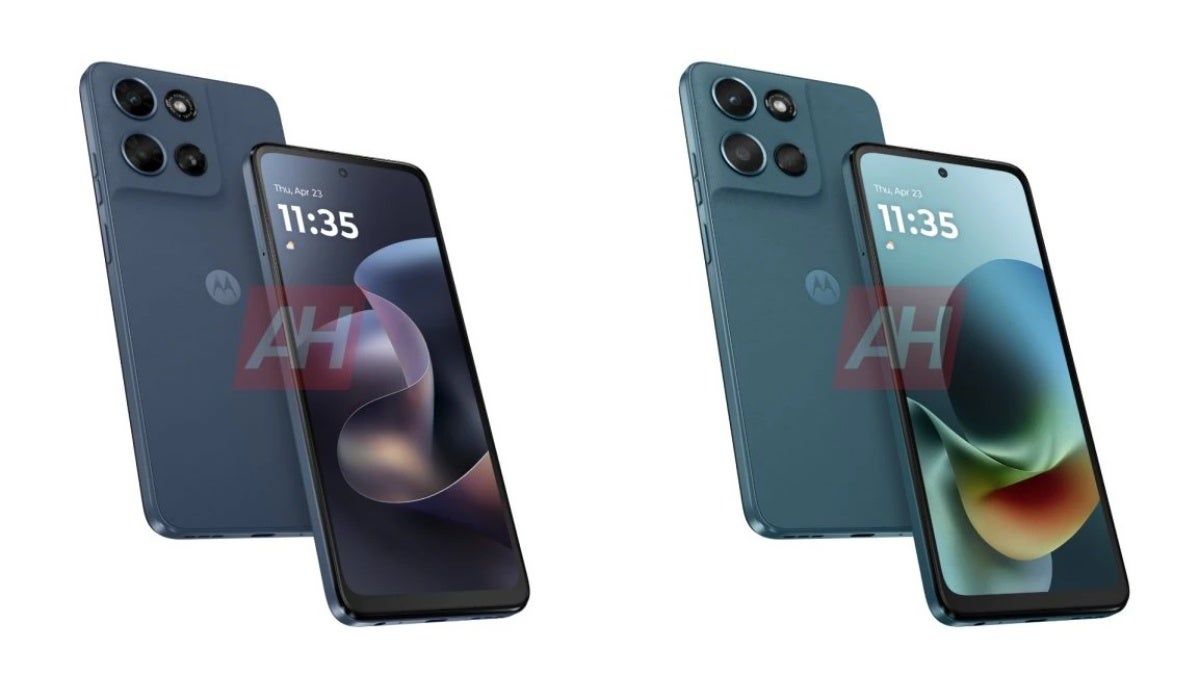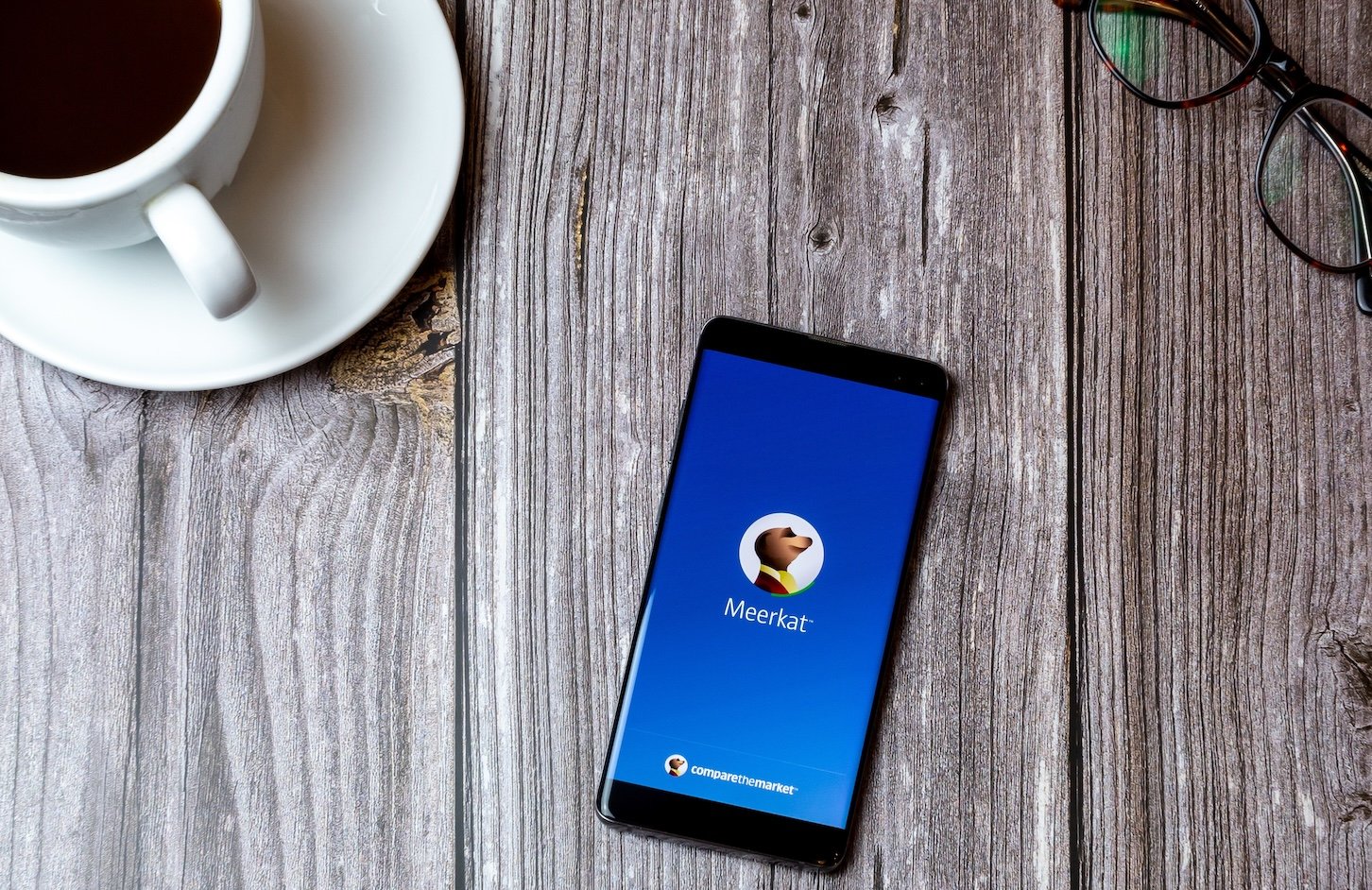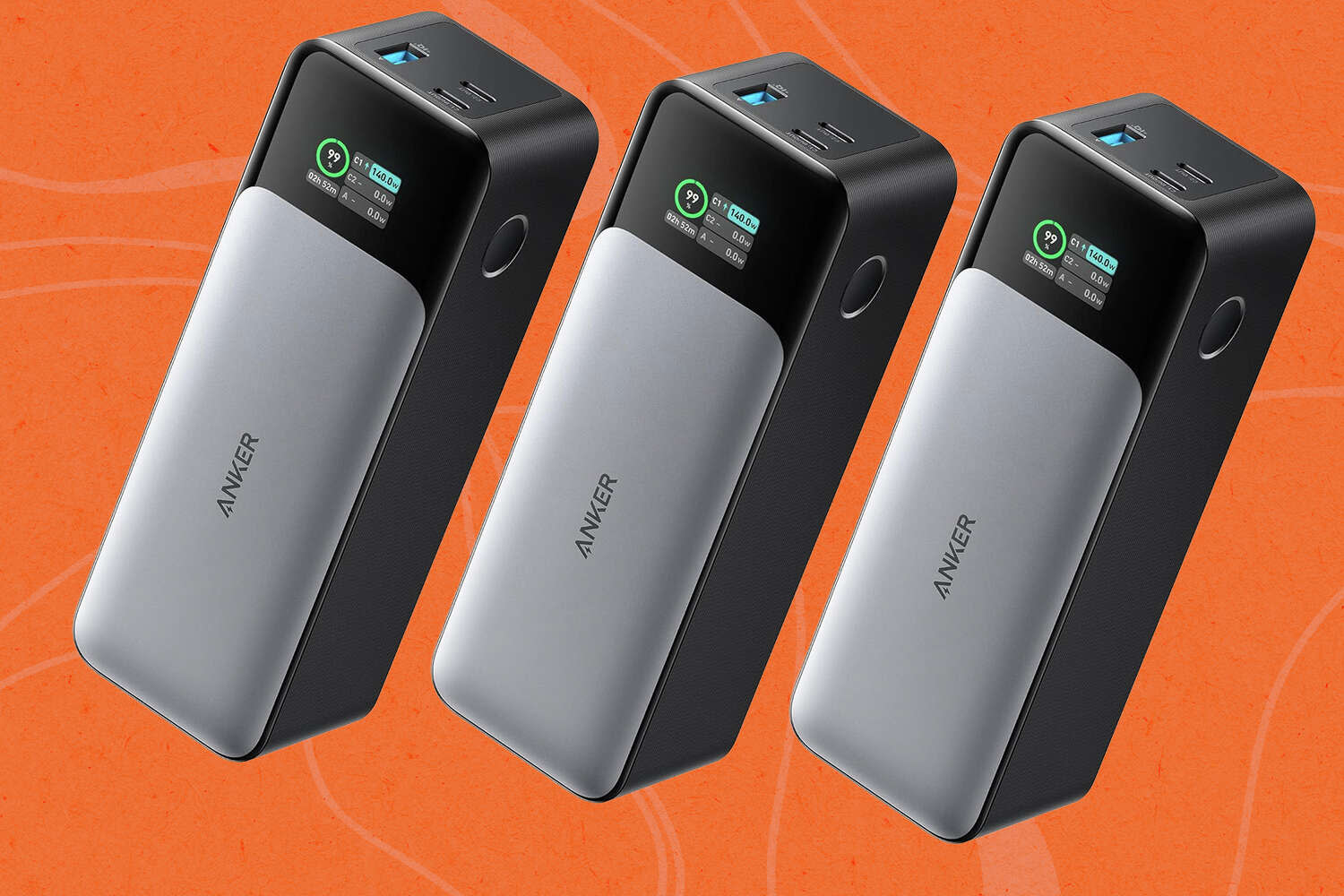On Wednesday, Huawei launched its Pura 80 series smartphones, unveiling four models: Pura 80, Pura 80 Pro, Pura 80 Pro+ and Pura 80 Ultra. As Huawei’s imaging-focused flagship release of the year, the series features advanced imaging technology and the HarmonyOS 5.1 operating system.
The Pura 80 Pro starts at RMB 6,499 ($905), the Pro+ at RMB 7,999 ($1,100), and the Ultra at RMB 9,999 ($1,370), with pricing for the standard Pura 80 yet to be announced.
Why it matters: The Pura 80 series’ pricing signals Huawei’s intention to compete directly with Apple and Samsung in the premium smartphone segment. This reflects Huawei’s growing confidence in domestic chip and imaging innovations to regain high-end market share despite global sanctions.
Details: The entire series runs on HarmonyOS 5.1, Huawei’s latest operating system and the third major mobile platform independent of Android and Apple’s iOS.
- The Ultra model introduces a “dual-field periscope” design that uses a mechanical system to switch optical paths, allowing both 3.7X mid-telephoto and 9.4X ultra-telephoto modes to share a large 1/1.28-inch sensor. This innovation reduces the bulk of traditional dual-telephoto modules and enhances image consistency, particularly in scenarios such as stage performances and low-light long-range shooting.
- Software tests by users and tech bloggers suggest that both the Pura 80 Ultra and Pura 80 Pro+ are powered by the Kirin 9020 chipset. The CPU includes one Taishan big core at 2.5GHz, three Taishan mid cores at 2.15GHz, and four A510 efficiency cores at 1.6GHz, while the GPU is a Maleoon 920 clocked at 840MHz.
- The standard model sports a 6.6-inch flat display, while the Pro and Ultra models boast a 6.8-inch quad-curved screen with a 1–120Hz LTPO adaptive refresh rate and peak brightness of 3,500 nits.
Context: According to IDC data released in April, China’s smartphone shipments reached 71.6 million units in the first quarter of 2025, up 3.3% year-on-year. The top five smartphone brands in China for the same quarter were Xiaomi (13.3 million units, up 39.9% y-o-y), Huawei (12.9 million units, up 10%), Oppo (11.2 million units, up 3.3%), Vivo (10.3 million units, up 2.3%), and Apple (9.8 million units, down 9%).









